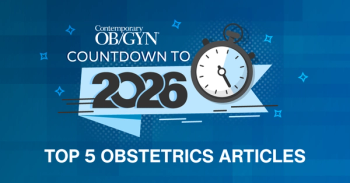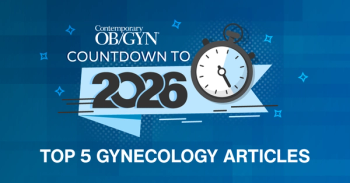
Can this assessment tool reduce high-order multiple pregnancies?
A new prediction model may reduce the rate of high-order multiple pregnancy (HOMP)—triplets or more—by about 75%, but only reduces the overall pregnancy rate by 8%, according to the results of a prospective study from Spain.
A new prediction model may reduce the rate of high-order multiple pregnancy (HOMP)-triplets or more-by about 75%, but only reduces the overall pregnancy rate by 8%, according to the results of a prospective study from Spain.
The prediction model assumes that the risk of HOMP increases with an increasing total number of follicles, a serum estrogen level above 862 pg/mL, and with age of 32 years or older.
The study involved 849 women undergoing 1,542 treatment cycles of gonadotropin ovarian stimulation or induction of ovulation without in vitro fertilization. Of 1,474 cycles remaining after 68 were canceled due to low response, the researchers classified 407 as being at high risk for HOMP. Patients canceled 95 of those cycles. Of the 1,379 cycles that went to insemination (1,067 at low risk of HOMP and 312 at high risk), 15% resulted in pregnancy (14% in the low-risk group with one set of triplets and 18.6% in the high-risk group with four sets of triplets).
Tur R, Barri PN, Coroleu B, et al. Use of a prediction model for high-order multiple implantation after ovarian stimulation with gonadotropins. Fertil Steril. 2005;83:116-121.
Newsletter
Get the latest clinical updates, case studies, and expert commentary in obstetric and gynecologic care. Sign up now to stay informed.











